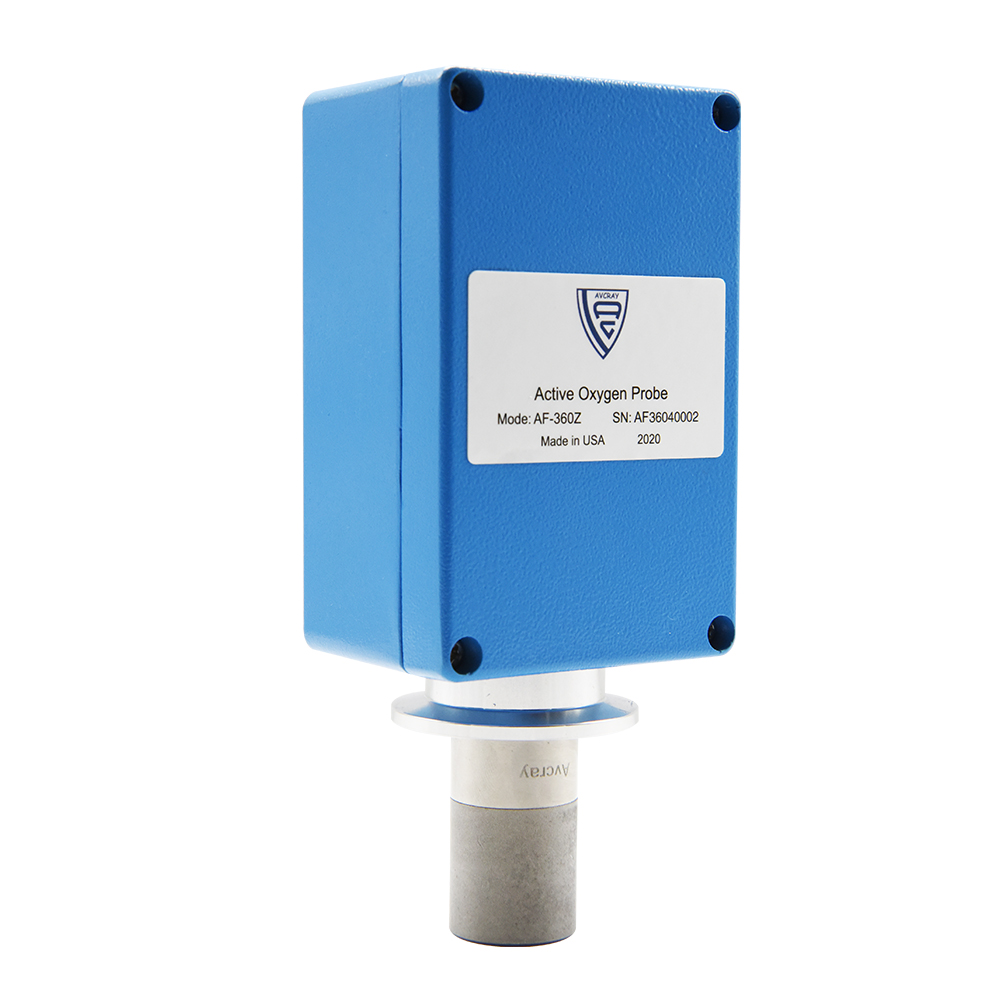In fire protection engineering, industrial-grade combustible gas detector alarms are often used. It plays an early warning role in the entire fire protection system. This requires its installation to comply with reasonable installation requirements and installation specifications in different places. To carry out these two aspects. Generally, when compiling the acceptance evaluation report of the safety evaluation company, it is mentioned that a combustible gas detection and alarm device must be installed in places that may leak Class A and B materials. It is often encountered in such a situation that the company must install gas in the safety evaluation report. I don’t understand what it is, how to install it, where to install it, and where we can buy it. In the article, Aiyi Technology will give you a detailed introduction to the installation standards and basis of industrial-grade combustible gas detectors and alarms!
Installation standards and basis for combustible gas detection alarm:
1) Article 10.3.2 of GBJ16-87 “Code for Fire Protection Design of Buildings” (2001 revised edition): Class A workshops and places that emit flammable gas and flammable vapor shall be equipped with a flammable gas concentration leak detection alarm device.
2) Article 4.6.11 of GB50160-92 “Code for Fire Protection Design for Petrochemical Enterprises” (Revised Edition in 1999): It is advisable to combine regional control and key control in devices that use or produce Class A gas or Class A, B and A liquids The principle is to set the combustible gas alarm probe.
The combustible gas detection alarm is a detector that responds to single or multiple combustible gas concentrations. The standard output includes 4-20mA output, RS485 communication interface and three alarm relays. Need to follow certain installation specifications, let’s take a look!
The installation location of the combustible gas detection alarm device needs to meet several requirements:
- Close to the suspected flammable gas leak or the location to be detected;
- When detecting that the specific gravity of combustible gas is less than air, the installation position of the combustible gas detector should be above the suspected leakage point and not more than 750px from the ceiling. When detecting the specific gravity of combustible gas is greater than air, the installation position of the combustible gas detector should be below the suspected leakage point. , The distance from the ground is not more than 750px;
- Electromagnetic interference, some combustible gas detectors are not strong against electromagnetic interference, so when installing such combustible gas detectors, keep away from electromagnetic interference sources
Installation specifications for combustible gas detection and alarm devices in different places
When detecting hydrogen, natural gas, city gas and other gases with a specific gravity less than air, the installation should be about 1 meter away from the roof; when testing liquefied petroleum gas and other gases with a specific gravity greater than air, the installation should be about 1.5-2 meters above the ground. The combustible gas detector wiring should use a three-core shielded cable with a single wire diameter greater than 1 square millimeter, and the shielding layer must be grounded when wiring.

The on-site wiring of the combustible gas detector should be through pipes, and the pipes used should meet the fire protection requirements, and the pipes should be connected with the probe to meet the fire protection requirements. The sensor should be fixed downward during installation. It should be calibrated at least once a year to ensure detection accuracy.
The selection of the explosion-proof type of the detector should meet the following requirements:
1 According to the division of explosion hazard areas in the place of use, select the explosion-proof type of the detector;
2 Select the explosion-proof level and group of the detector according to the type, level, and group of the flammable gas to be detected;
3 For the catalytic combustion type tester, an explosion-proof type should be selected;
4 For electrochemical detectors and semiconductor detectors, explosion-proof or intrinsically safe explosion-proof type can be selected;
5 The explosion-proof structure should be used for the electric suction sampler.
View more quality oxygen analyzers with low price and free shipping all over the world.
